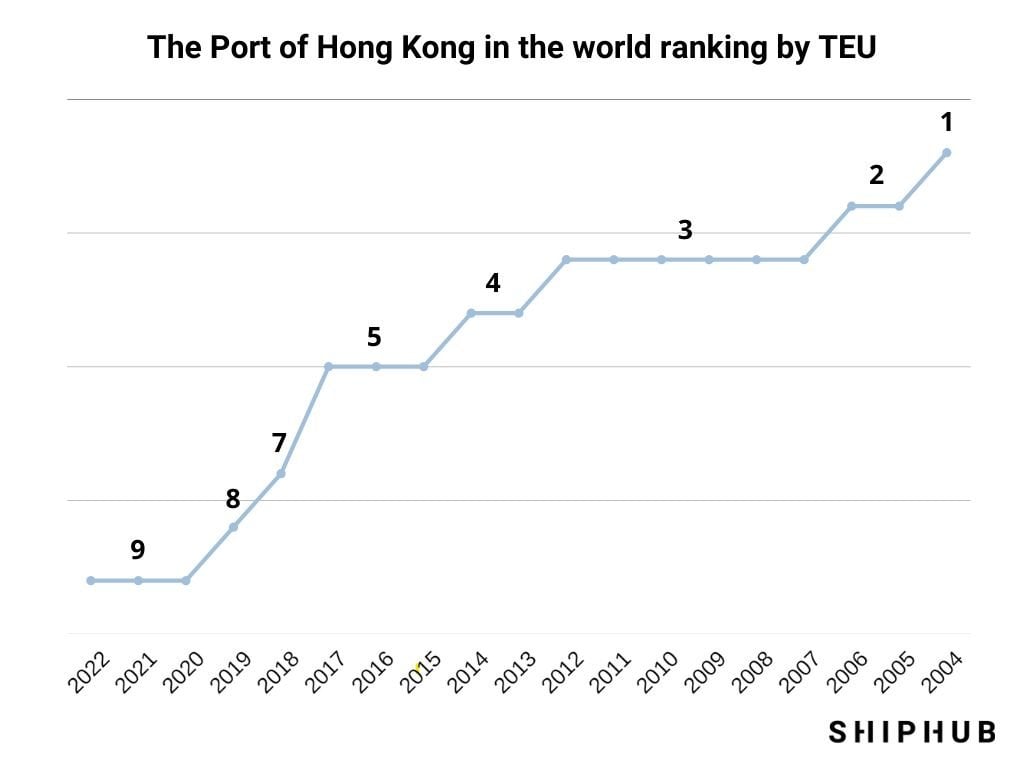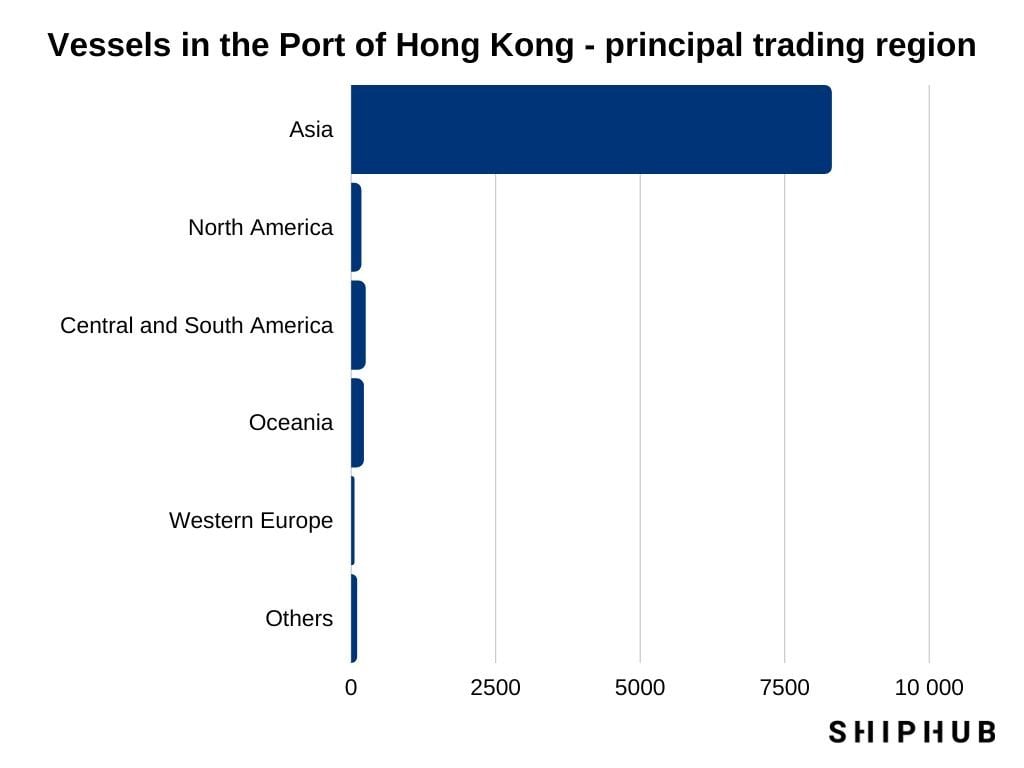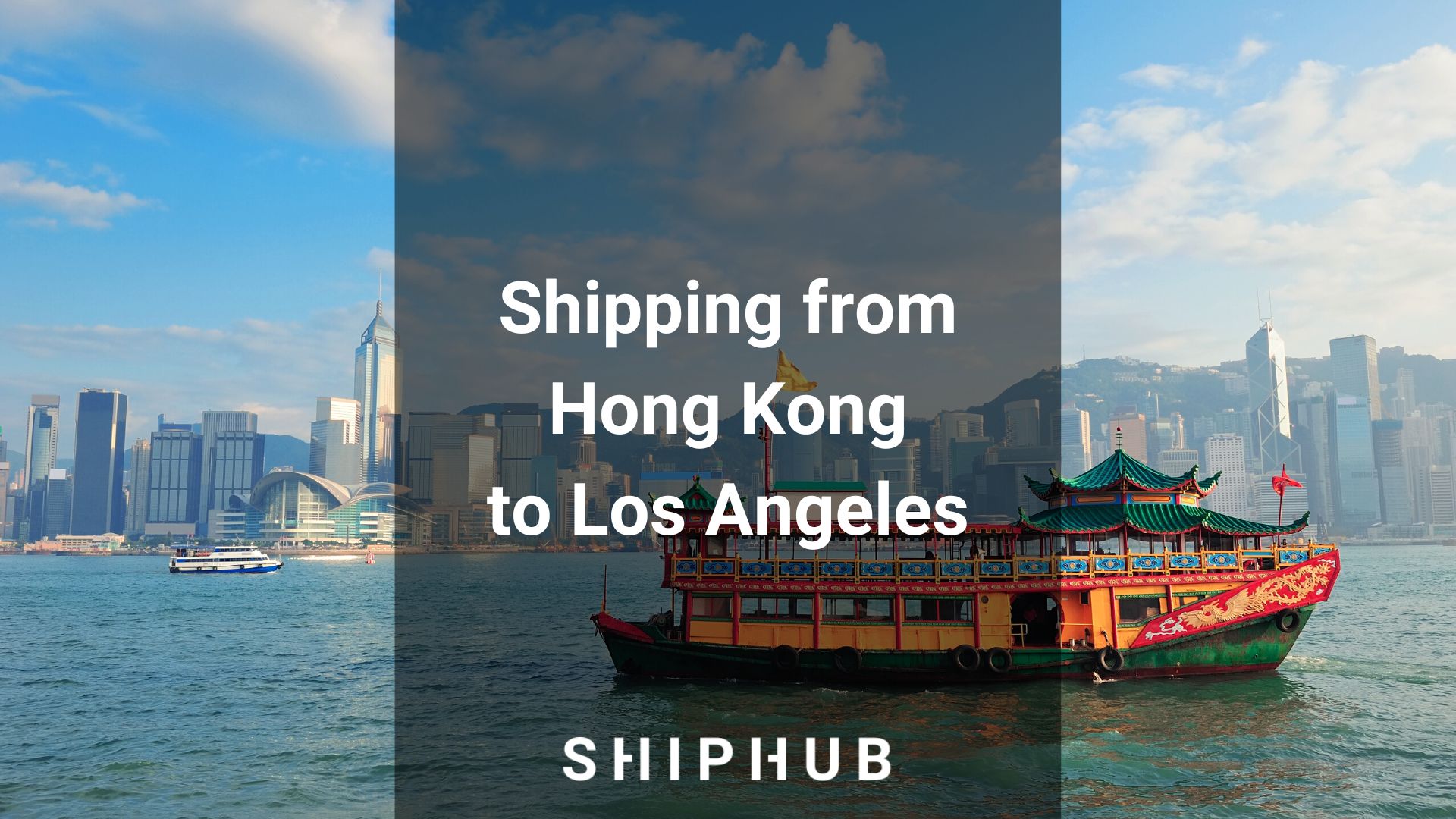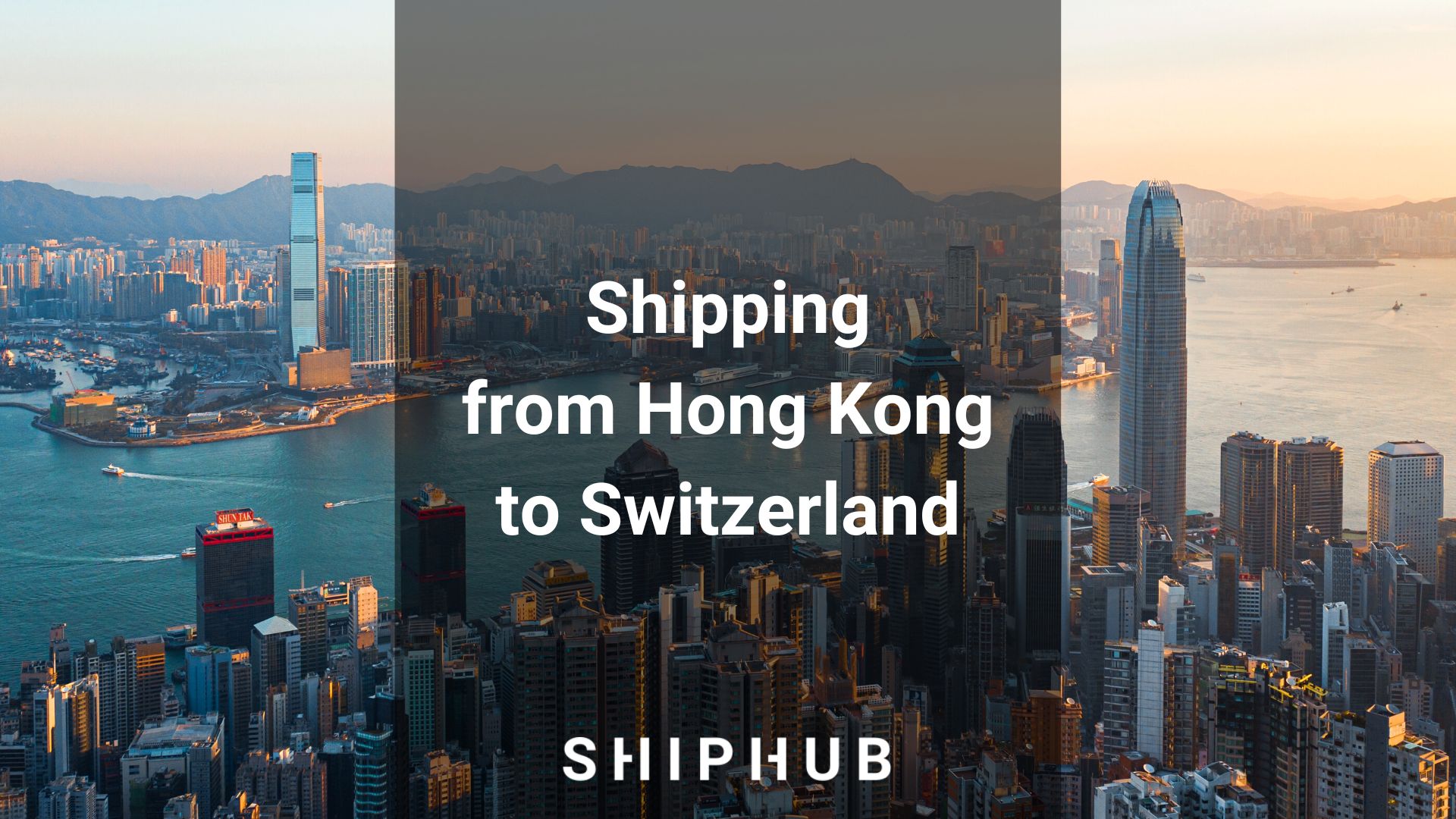For about two decades, the Port of Hong Kong has been in the top 10 container ports in the world. The port has a fascinating history since, for some time, it was under British rule. How did it become one of the largest seaports?
Port Hong Kong
Port of Hong Kong (HK KCO) is the third largest container port in the Pearl River Delta Metropolitan Region. It is a natural deepwater port. In 2004, the Port of Hong Kong was the largest in the world by container throughput. In the following years, its position was overtaken by ports in Singapore, Shanghai, Guangzhou, Los Angeles, etc. Its container throughput declined from almost 24.5 million TEU (2008) to 16.5 million TEU (2022).
In 2021, an average of 170 ships called daily. It is not a high number since, in 2016, there were three times as many. Most vessels arriving at the Hong Kong port are cargo and container ships. In terms of port activities, ocean cargo vessels significantly exceed river cargo vessels by numbers (150 million tons versus 64 million tons).
The Port of Hong Kong port authority: Hong Kong Marine Department
The Port of Hong Kong website: mardep.gov.hk/en/home.html
Port of Hong Kong vessel schedule
You can check the Port of Hong Kong vessel schedule here.
Where is the port of Hong Kong located?
The Port of Hong Kong address is Harbour Building 38 Pier Road, Hong Kong (main building).

History of the Port of Hong Kong
In the beginning, Hong Kong (“fragrant harbor” in Chinese) was a small fishing village. From 1821, the port began to develop rapidly. British merchants that traded opium in the port significantly contributed to its growth. Since then, the port of Hong Kong has been crucial in the region. After the Opium Wars in 1898, the British leased Hong Kong (New Territories, islands) for 99 years. Already at that time, about 300,000 people lived in Hong Kong.
As Hong Kong was a British colony, waves of emigrants and refugees relocated to the area, and the population grew. Hongkongers suffered greatly during World War II – the population decreased by about 40% to 650,000. The port of Hong Kong suffered losses not only during the war; in 1951, a trade embargo was imposed on China and North Korea, so its financial condition deteriorated. Many were dissatisfied, civil unrest and labor disputes began to grow, leading to political demonstrations. New labor law regulations were introduced in the 1960s. From that point onwards, the port’s financial situation got better.
In 1997, Hong Kong became a Special Administrative Region of the People’s Republic of China. According to the bilateral declaration, the port of Hong Kong was handed over to the PRC on July 1, 1997. Since then, mainland China-Hong Kong ties have strengthened, and most importantly, investments in transportation infrastructure were made.
2004 was the last year that the Hong Kong Port was the largest in the world by TEU. Over the years, Asian ports from other parts of the world have grown rapidly, surpassing the Hong Kong port in terms of cargo throughput, and as a result, it has fallen in the ranking.

To improve the port’s competitive positioning, its terminals established the Hong Kong Seaport Alliance. Hong Kong International Terminals, Cosco-HIT Terminals, Asia Container Terminals and Modern Terminals Ltd. handle 95% of the port’s cargo. The alliance was intended to improve the quality of services and efficiency but also to reduce carbon dioxide emissions. As the port industry is considered one of Hong Kong’s four main economic pillars, enhancing its competitiveness is a priority.
In 2022, Hong Kong’s population was over 7.3 million. The maritime and port industry accounted for approx. 1.4% of Hong Kong’s GDP and approx. 2.1% of total employment.
Berthing guidelines for the Port of Hong Kong
Berthing guidelines are constantly being updated on the port’s official website.
How much does the formalities take?
Ocean-going vessel port formalities in the Port of Hong Kong take around 20 minutes upon receipt of all necessary documents and information.
Is Hong Kong a free port?
A free port is a port where goods are received and shipped free of customs duty. The Port of Hong Kong is a free port, so no customs duties are levied when exporting and importing.
The Port of Hong Kong – port facilities
- Kwai Tsing Container Terminals
- Terminals 9
- Berths 224
- Quay cranes 96
- Quay length (meters) 7,794
- Area (hectares) 279
- Terminal operators 5
- River Trade Terminal
- Terminal 1
- Berths 49
- Quay cranes 19
- Quay length (meters) 3,000
- Area (hectares) 65
- Mooring Buoys
- Owned by the Government “A” Class 11; “B” Class 4
- Owned by private 1,967
- Anchorages
- Number 24
- Area (hectares) 4,326

Port of Hong Kong – statistics
Most trading vessels in the port of Hong Kong are from/to Asian countries (91.5%). Within Asia, the principal trading areas are mainland China (21%) and Taiwan (20.3%).

What are the biggest Hong Kong trade partners? Hong Kong mainly imports from mainland China, Taiwan, Singapore, South Korea, and Japan. It mainly exports to mainland China, the US, the Netherlands, and India.
In the Port of Hong Kong, the most commonly handled commodities are:
- manufactured goods
- crude materials, inedible, except fuel
- chemicals and related products
- food; beverages and tobacco
- machinery and transport equipment.
Shipowners in the Port of Hong Kong
Many agents operate ships in the Port of Hong Kong. Some of the biggest are:
- Hapag Lloyd
- SGS Hong Kong Limited
- CMA CGM
- HMM
- COSCO Shipping
- Sinotrans
- Evergreen Marine
- Ocean Network Express (ONE)
- ZIM
- Mediterranean Shipping Company (MSC)
- Yang Ming.





